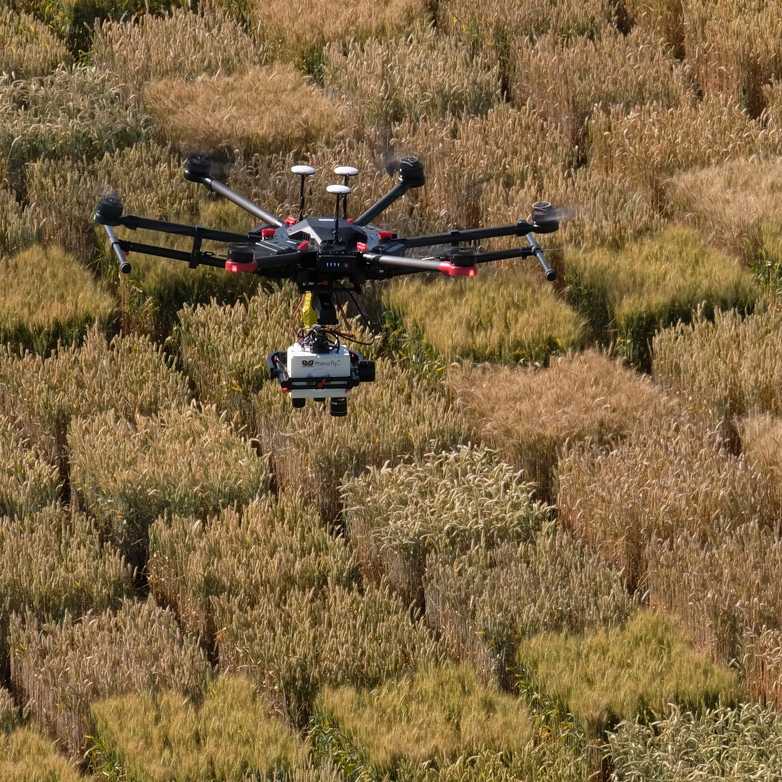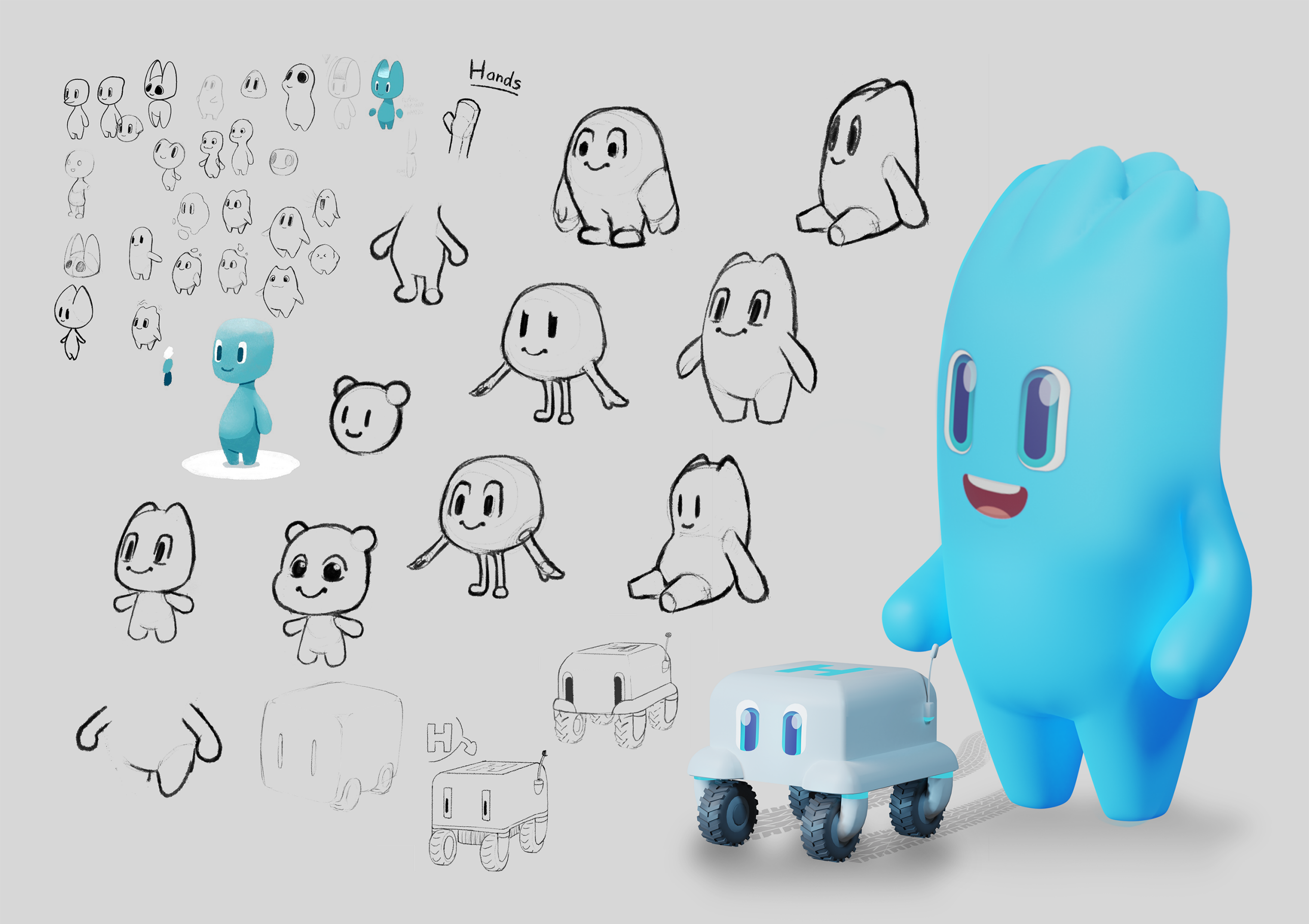Turning research into a game
Morph Tales is a fun and clever game that breaks the ice for AI topics that are actually being researched by ETH. What does the process of turning real-life research into a fun game look like?
Young, eager-to-learn Morphs show that the algorithms behind every type of artificial intelligence are developed by humans and that every AI first needs to learn from training data before it can produce useful and reliable work.
AI research at the ETH AI Center develops collaborative, reliable, widely accessible and inclusive AI systems that help people with their tasks without replacing them. Over the course of the game Morphs learn how they can work together with humans to complete tasks and reliably contribute to finding solutions.
Real research projects as inspiration
ETH Zurich is home to numerous research groups that investigate or use artificial intelligence. Four projects from different areas – agricultural sciences, pharmaceutical sciences, information technology and geobiology – served as inspiration for the four mini-challenges in the Morph Tales game. In order to develop fun and easy-to-play games, the research contexts have been simplified and fit into the storyline underpinning the whole game.
The four research projects

Agricultural scientists at ETH Zurich are investigating how agriculture can use AI to reduce its use of pesticides and fertilisers. To do so, drones fly over farmland to figure out how much fertiliser is needed. This monitoring should help reduce the use of protective agents and fertilisers by 90 percent.
Robots are also trained in using AI to learn where they can fight weeds or prevent crop disease. As part of the InnoFarm research project, ETH researchers tested how these mobile intelligent technologies could support Swiss agriculture in becoming more environmentally friendly while maintaining its productivity. You can find more information on external page «InnoFarm» website.

ETH scientists working in pharmaceutical drug research use AI to develop new medications at their computers. They have developed an AI model that autonomously suggests molecular structures with one or more desired characteristics for treating certain diseases.
The AI-generated molecules are then tested in the lab for their pharmacological efficacy as drug substances. Today this technology is already allowing new drug substances to be identified more efficiently, making the discovery and development of medicines significantly easier. Learn more about AI-driven drug development on the «de novo drug design» or in this article (in German).

Various engineering research groups at ETH Zurich are developing AI processes that allow vehicles to autonomously steer themselves and move around reliably and safely. AI models for steering and control aren’t just used for drones, motor vehicles or trains – they’re also used for ships.
At the Automatic Control Laboratory and the Center for Project-based Learning, both based within D-ITET, researchers and students are working on modelling, sensor-based recognition and AI in addition to autonomous energy systems and the control and simulation of autonomous sailing boats. They want to find out how boats can autonomously move across the water under certain wind and sea conditions in goal-oriented manner. Learn more about autonomous sailing and driving on this website or in this interview.

Life is a self-regenerating system that is capable of altering its environment and evolving. A range of prerequisites must be met for life to develop on a planet. Water and nutrients are two examples of factors that life can use to obtain energy and evolve.
Astronomers and geologists have collected enormous data sets on thousands of exoplanets. This treasure trove of data can now be combed through to find signs of life. Geobiologists at ETH Zurich are using AI to extract patterns and information from all of this planetary, geological, atmospheric, ecological and biological data in hope of drawing conclusions about the preconditions and evolution of life. Learn more about geobiological research about life on this website or in thisinterview (in German).
Smart Farming (supervised learning): Smart farming research uses sensors and cameras to detect pests and diseases. For example, the position of weeds can be detected using image recognition and transmitted to a weeding robot. Image recognition algorithms are trained through so-called "supervised learning". This means that the computer learns what a weed is based on a very large set of examples and counter-examples.
Virtual Drug Design (generative machine learning): The Virtual Drug Design game is based on research that uses generative machine learning to produce new, innovative drugs. The computer is shown numerous examples of molecular compounds and is then able to suggest new compounds based on these observations.
Autonomous Sailing (supervised learning): Machine learning is used to predict the speed of a sailboat and to help an autopilot plan the best course. Based on historical data correlating measured values such as wind speed, wind attack angle and the target variable of boat speed, predictions are made about optimal settings in a future situation.
Origin of Life (supervised learning): Rovers searching for signs of life on the surface of exoplanets can receive request and examples of the most promising targets. The rover's computer system can then automatically search for and prioritise these targets based on this learned input.
Want to learn more about AI research at ETH Zurich? Or maybe you’d like to read the story behind Morph Tales. Interested in learning more about the origins of Morphs?
Contact
ETH Zürich
Rämistrasse 101
8092
Zürich
CH
